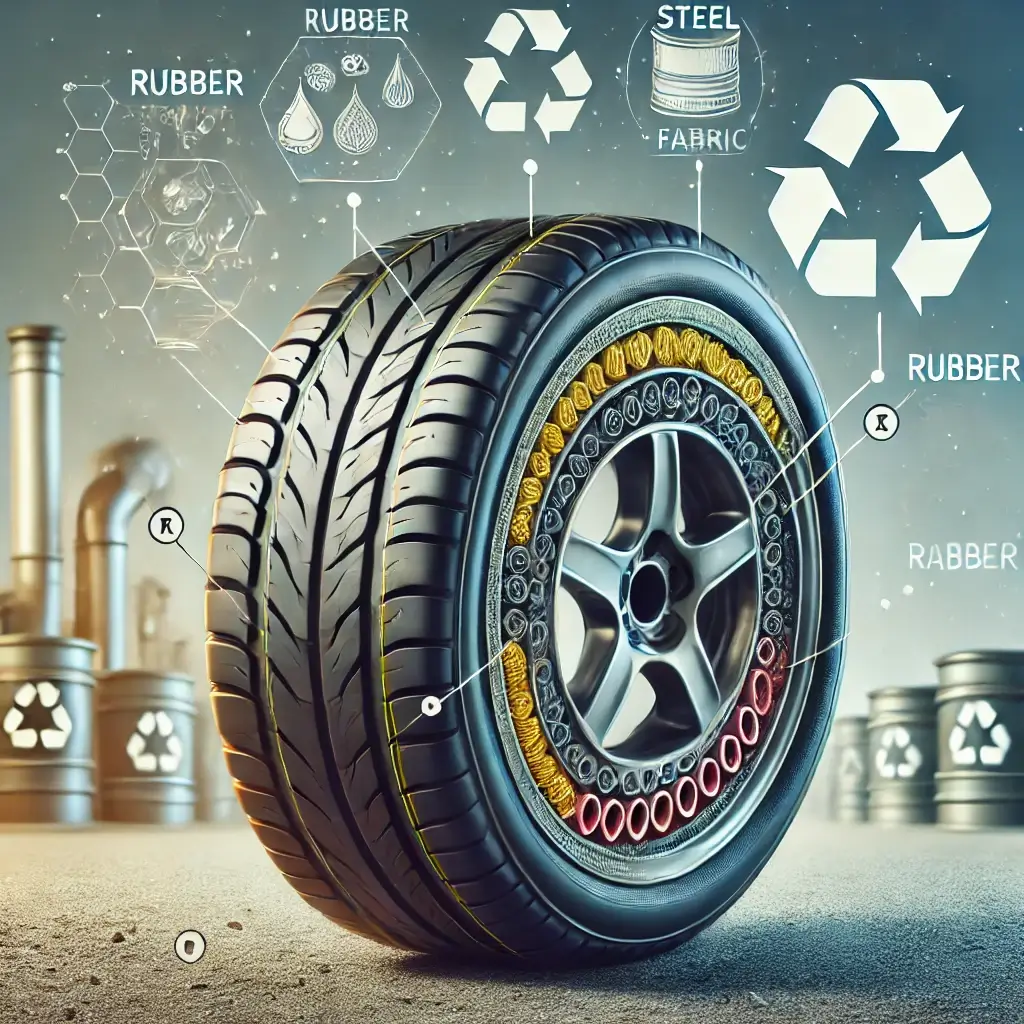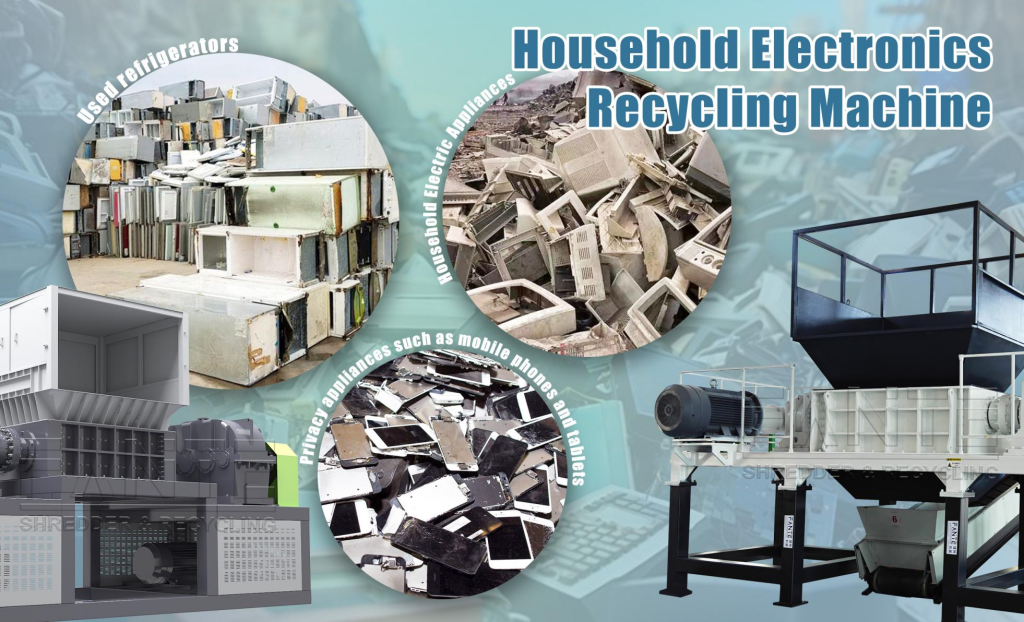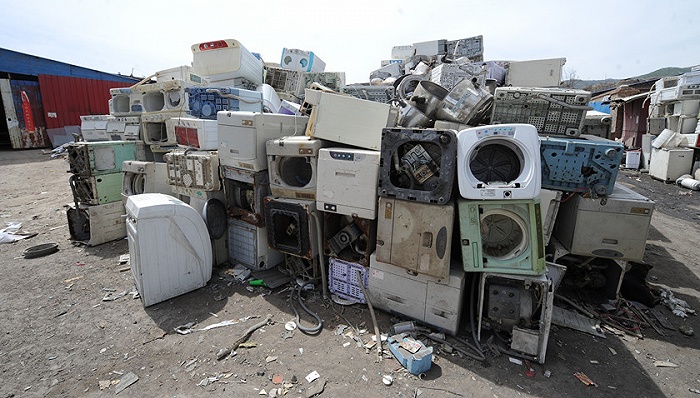1. Complex Tire Composition
One of the biggest challenges in tire recycling lies in the material composition of vehicle tires. Tires are made from a combination of materials, including rubber, steel, and fabric, which are intricately layered and bonded together during the manufacturing process. This complex composition poses several hurdles:
Separation Difficulty: The process of separating these materials is both labor-intensive and costly. Effective recycling requires the use of specialized machinery, such as shredders, to break the tires down into smaller parts. After shredding, each material—rubber, steel, and fabric—must be sorted and processed individually, adding layers of complexity.
Contamination Issues: During shredding, impurities from one material can contaminate another, particularly when dealing with rubber and steel. This contamination can reduce the quality of the recycled materials, limiting their marketability and reuse potential.
Limited Rubber Reusability: While steel and other materials can be recycled relatively easily, rubber poses a greater challenge. Used tire rubber often has limited reuse options due to degradation and the difficulty in restoring it to its original quality. This reduces the overall value of recycled tire materials.

2. High Energy and Operational Costs
Another major obstacle in efficient tire recycling is the high energy consumption and operational costs associated with the recycling process. Recycling vehicle tires requires significant energy input and investment in heavy-duty machinery, making it an expensive process:
Energy-Intensive Processes: Shredding, granulating, and further processing of tires consume vast amounts of energy. Industrial shredders and granulators must work continuously to break down tires into usable materials. This high energy demand increases the cost per tire recycled, often making it less cost-effective compared to other forms of recycling.
Machinery Maintenance: Tire recycling equipment, such as shredders and wire drawing machines, experiences significant wear and tear due to the tough materials being processed. Regular maintenance and occasional replacement of machinery parts add to the operational costs. Over time, these costs accumulate, further reducing the profitability of tire recycling efforts.
Limited Market for Recycled Products: While there is demand for recycled rubber in applications such as playground surfaces and rubberized asphalt, the market is still relatively small. This limited demand, combined with high processing costs, often makes it difficult for recycling facilities to turn a profit, creating a significant barrier to scaling tire recycling operations.

Potential Solutions and the Path Forward
Addressing these two obstacles requires innovative approaches and collaboration across industries. Here are some potential solutions:
Improved Separation Technologies: Developing advanced technologies that can efficiently separate tire components without contamination is crucial. Automated systems using robotics and artificial intelligence could streamline the separation process, reducing labor and improving material recovery rates.
Energy-Efficient Machinery: Investing in energy-efficient shredders and granulators, or developing new methods that reduce energy consumption, will be key to lowering operational costs. Renewable energy sources, such as solar or wind power, can also be explored to drive recycling facilities and reduce overall expenses.
Expanding Recycled Rubber Markets: Growing the demand for recycled tire rubber through innovative applications will help balance costs and make tire recycling more profitable. Governments and businesses can collaborate to promote the use of recycled rubber in infrastructure projects, product manufacturing, and other industries.
Conclusion
The complex composition of vehicle tires and the high energy costs associated with their recycling remain the two biggest obstacles to efficient tire recycling. However, with the right technological innovations and market expansion, these challenges can be overcome, paving the way for a more sustainable and profitable tire recycling industry. As governments and businesses prioritize eco-friendly solutions, the future of tire recycling looks promising, but it requires continued investment and collaboration to fully unlock its potential.
By understanding and addressing these obstacles, tire recycling efforts can be optimized, contributing to a greener, more sustainable world.



